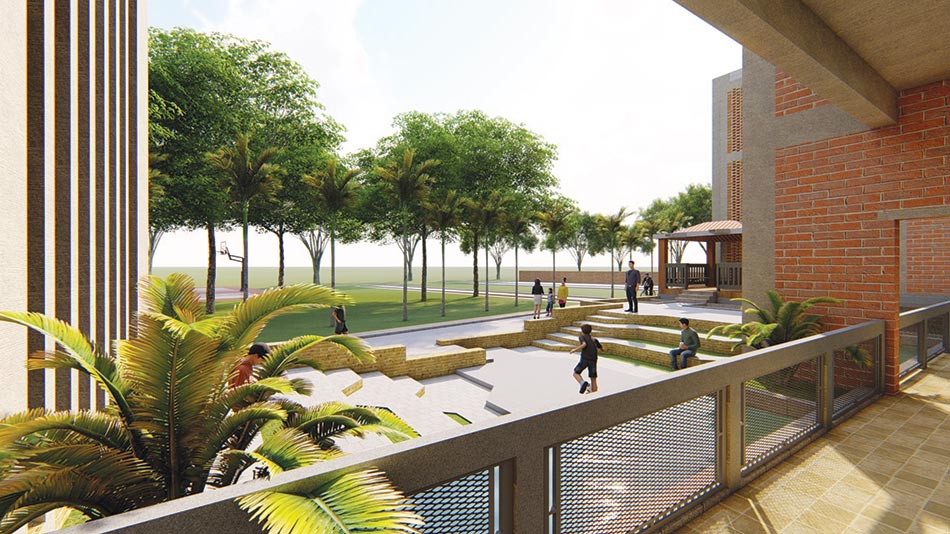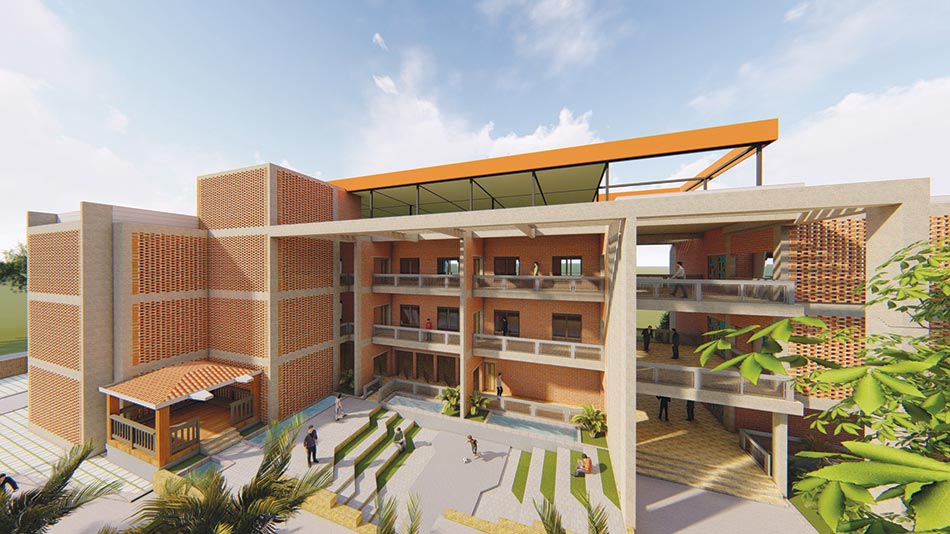
For a very large part, construction practices in the building industry have largely stayed the same for over a century. Much of this is owed to optimized and lower construction cost on systems tried, tested and built over decades. Template based plans aimed to maximize consumption of available FSI has led to mushrooming of so called ‘modern buildings.' They all look similar much like a replication of Manhattan downtown model in every possible city of the country. Over a period of time, such building language becomes an unexciting, visually sanitized representation of aspirations, overpowering logic and traditional building wisdom.
No great city has ever flourished without the active involvement of citizens upholding the city’s culture. Only a sustained and combined effort of all the stakeholders will ensure that the cultural fabric of our cities does not erode as we emerge as a global superpower

Our cities have been a rich canvas of local flavors expressed as built form, rituals and communal activities. Fabric and forms in our cities have often generated around livelihood, faith and religion. All these have interwoven themselves as small hamlets, which collectively function as a city. Over the decades, these urban forms have slowly added layers on to each other, making the cities culturally relevant. This relevance renders them a unique architectural character. Apart from look and feel, most of them have a very tuned-in response to climate. Climatic performance in mass produced built forms often paint a grim picture. Sadly, while templating Manhattans in India we tend to ignore the 5 distinct climate zones that we have, all of which have specific design considerations.

While being realistic, some of this change in urban form is imminent, the mushrooming of such buildings will continue. But there is a way to mitigate this. Planners, urban development authorities, citizens and other stakeholders can impact positive change. Buildings and built forms are the most important indicators of a city's cultural fabric. Multiple areas in a city should be identified as heritage areas, much like the city of Rome and only allow building activity that is in line with the visual and cultural aesthetic. For example, Manek Chowk in Ahmedabad, which is a thriving hotspot of cultural exchange, has rules for obtaining building permission which is regulated. While such rules are present in many Indian cities, most of them lay dormant under pressure of attending more pressing infrastructure issues.
While it is easy to blame the planners and civic authorities for this chaos, we must step back as citizens and introspect on our role, since citizen engagement can ensure compliance of built forms to the cultural aesthetics of a city.















